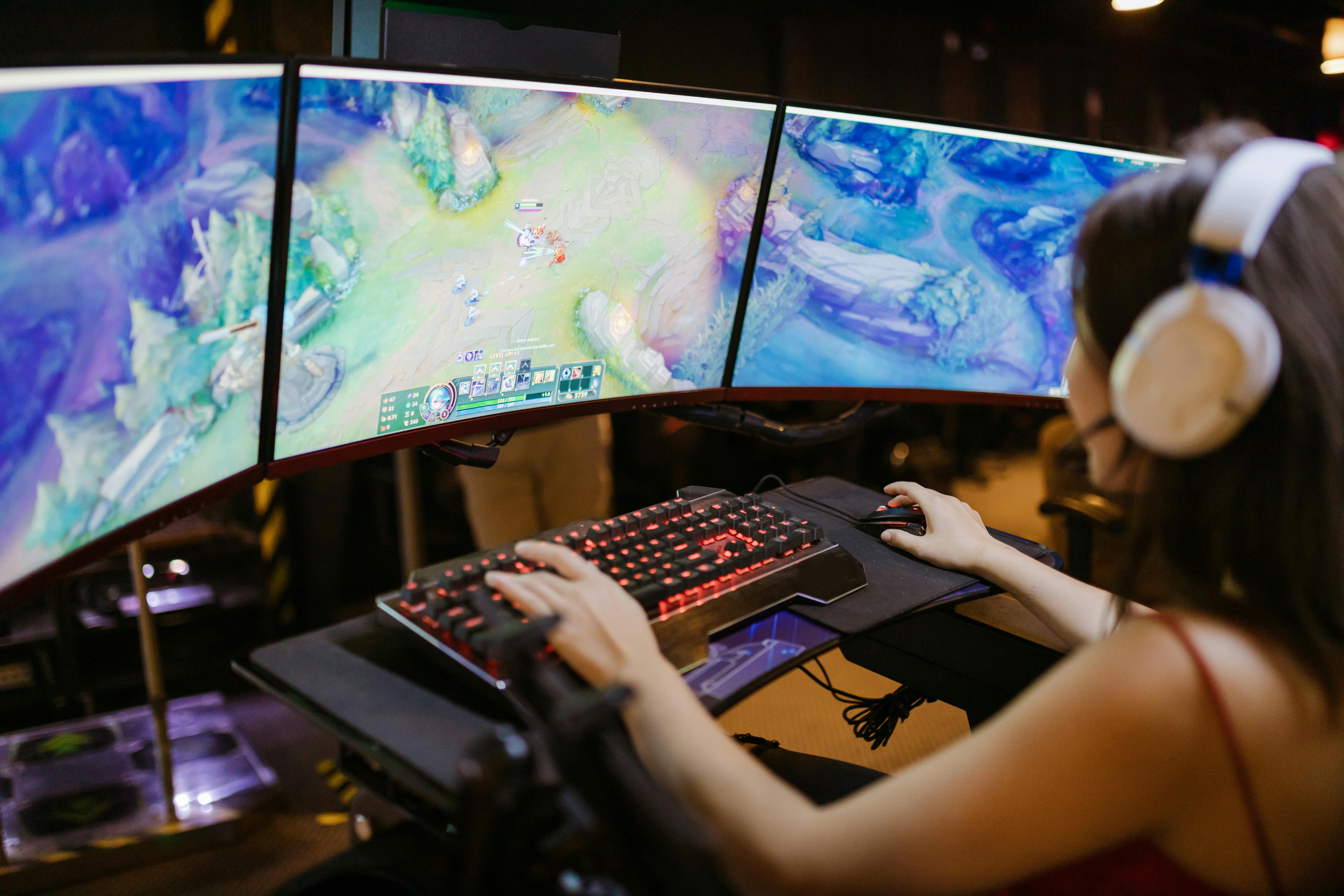Live service evolution: cadence, updates and community feedback
Live services have shifted how developers plan releases, blending frequent content drops with longer feature cycles. Effective cadence balances technical constraints, community expectations, and platform differences. This article examines practical approaches to update schedules, community feedback loops, and the technical and design levers that sustain player retention across platforms.

Live service evolution: cadence, updates and community feedback
Cloud and streaming: impact on update cadence
Cloud infrastructure and streaming services change how updates are delivered and consumed. With cloud-hosted game logic and asset streaming, developers can push smaller, incremental changes server-side without requiring large client downloads. This enables a faster cadence for balance tweaks and seasonal events, while larger content releases remain coordinated through patch windows. Streaming also introduces latency and bandwidth considerations that influence rollout plans: gradual rollouts, feature flags, and A/B tests help mitigate risk and gather early telemetry from real users.
Accessibility and localization in live updates
Accessibility and localization requirements should be part of update planning from the outset. Inclusive design updates—such as scalable UI, remappable controls, and subtitle systems—often require coordination across platforms and languages. Localization pipelines can lengthen release timelines, so staggered launches or phased translations are common. Prioritizing accessibility in smaller, regular patches helps maintain compatibility for assistive tools, while larger localized content drops benefit from community testing to catch cultural and technical issues before wide release.
Crossplay, multiplayer and player retention
Crossplay and multiplayer features reshape retention strategies and update cadence. Maintaining parity across PC, console, and mobile is crucial to avoid fragmenting the player base; asynchronous rollouts can create matchmaking imbalances and frustrate users. Regular gameplay updates that address progression, matchmaking, and anti-cheat systems keep ecosystems healthy. Retention improves when updates add meaningful loop-enhancing features—new modes, rotating objectives, or seasonal meta changes—rather than purely cosmetic additions, although cosmetics are useful for personalization and monetization.
Monetization and esports: scheduling effects
Monetization models and esports calendars influence how studios schedule updates. Competitive scenes require stable rule-sets and predictable patch cadences to preserve fairness; therefore, esports-focused titles often separate balance patches for ranked play from casual modes. Free-to-play and live monetization strategies need timed content drops and clear windows for promotions without overwhelming players. This requires coordination between marketing, live-ops, and development teams to align sales, events, and balance patches so that revenue-driving updates don’t undermine competitive integrity or player trust.
AI, procedural tools and indie development
AI-assisted workflows and procedural content generation lower the barrier for smaller teams and indie studios to sustain live services. Procedural tools can produce variant levels, cosmetic items, or randomized events that reduce manual content costs. AI can also automate QA, localization suggestions, and community moderation signals, accelerating release cycles. Indie teams should balance automation with designer oversight to preserve quality and identity. For indies, a slower, predictable cadence that communicates transparently with players often outperforms rushed, inconsistent update schedules.
Coordinating mobile, console and PC releases
Platform differences complicate synchronization across mobile, console, and PC. Mobile stores have review processes and variable device performance, consoles have certification timelines, and PC patches can be more flexible but expose compatibility issues. A practical approach uses feature flags and staged rollouts: release core server-side changes first, then stagger client updates aligned with store deadlines. Clear communication about platform-specific timelines reduces confusion, and telemetry should inform whether to pause or roll back changes on affected platforms while continuing on others.
Conclusion
Evolving live services means blending technical capabilities with community-driven design. Effective cadence relies on tooling—feature flags, telemetry, and CI/CD pipelines—and on processes that prioritize accessibility, localization, and platform parity. Balancing monetization and esports integrity, using AI and procedural methods judiciously, and coordinating platform-specific releases all contribute to healthier ecosystems and stronger player retention. Consistent communication and data-informed iterations help teams adapt cadence as communities and technologies change.





